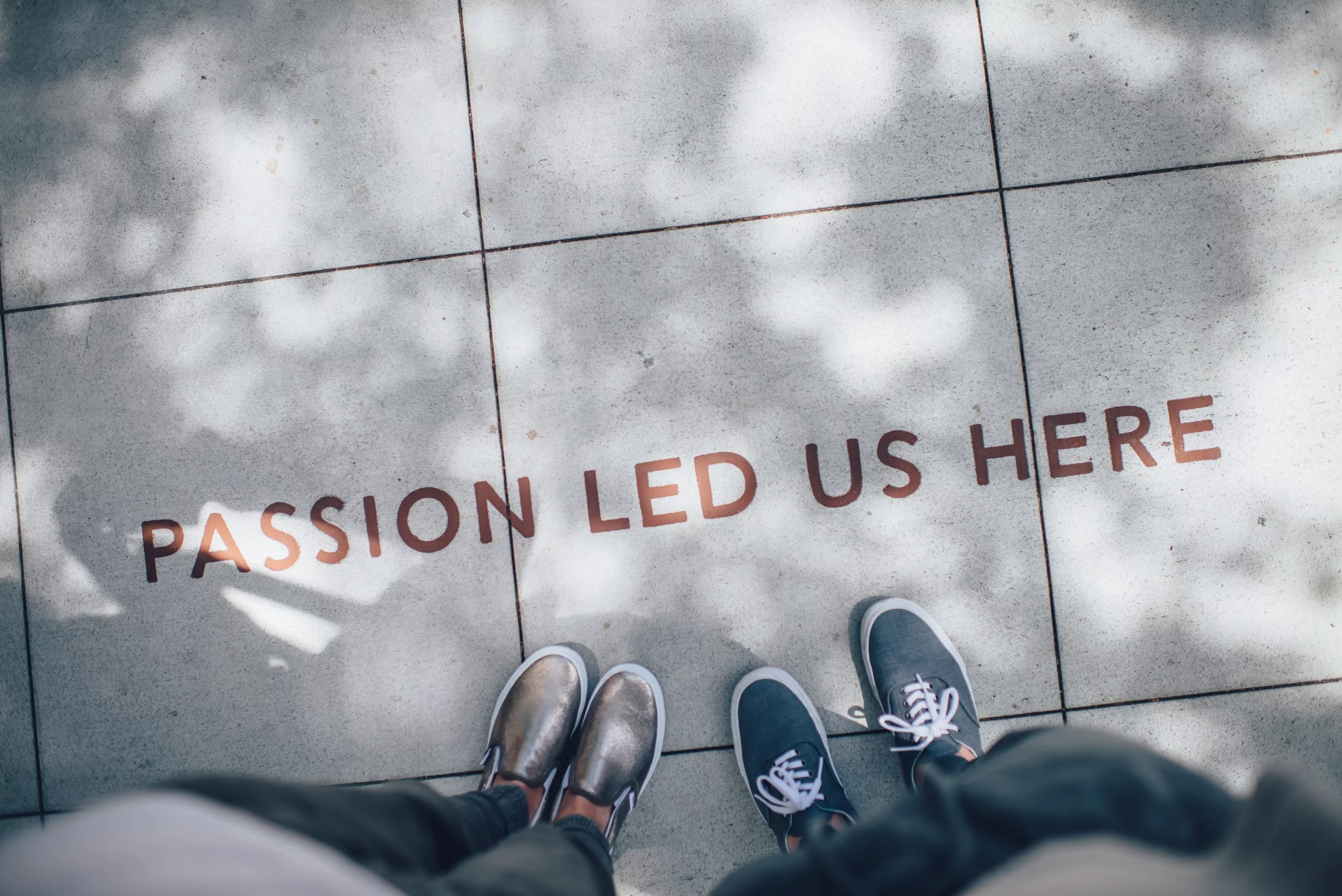The best brands in the world are more than skin deep. If you were to go to Google’s head office in California, you’d soon see that its personality was more than just its colors and logos. You’d meet people who were genuinely engaged with the brand, committed to expressing its values in everything they did, and said.
For companies like Google, branding is about more than brand guidelines. It’s also about getting team members to embody the company’s persona in their actions.
At root, this is what brand culture is all about – crafting a team that lives and breathes the brand in everything they do.
On the outside, brand culture seems a little monolithic – if not downright scary. How could you engineer a situation where everyone is on the same page without arm-twisting? After all, workers come from very different backgrounds and have contrasting perspectives on their work.
The trick is to come up with a way of selling the company’s values. Employees won’t always agree on all the finer details, but most of your employees will come along for the ride if you get your core principles right.
Remember, the vast majority of workers want something to believe in. They like the idea of being a part of something that feels bigger than they are. It provides a sense of purpose that keeps them engaged in their work.
The benefits of developing a brand culture are profound.
For starters, you’ll notice you start attracting more like-minded people: hires who think like you. You won’t have to battle to get them on your side continually. Everyone will just “get it” and do whatever they can to move forward with your mission.
Second, you’ll find that customers begin to perceive your brand as more authentic. It is one thing creating beautiful marketing graphics or ghostwriting emotive blog posts; it is quite another for customers to see your culture in action with their own eyes. When colleagues embody your brand, it suddenly becomes more believable. It’s not just something you say – it’s something you do.
Third, companies that build incredible brand cultures generate brand ambassadors. You know that when you send your people out into the field to engage with the public, they will bring your values with them. They’re never going to veer off-script or say something jarring. They plant everything they do firmly within the boundaries of what the brand allows.
Lastly, building a brand culture helps motivate employees and make them passionate about what you’re trying to achieve. Remember, employee disengagement is still a massive issue in the modern workplace. Data from Gallup suggest that around 17 percent of US workers have been actively disengaged over the last 18 years of tracking. Think about the waste that figure represents.
When you build a culture, though, you create passion. Employees internalize their desire to benefit the company, and more gets done. Productivity improves, and team members start working together for the good of the firm.
Brand Culture Examples
Brand cultures tend to fall into different categories: archetypes that often lead to success in the modern marketplace.
Freeform Cultures
Branding gurus describe freeform culture as flexible, organic, and self-ordering. These companies tend to exhibit dynamic, fluid cultures open to experimentation and change. Good examples include Uber and Airbnb.
Learn Fast Cultures
Learn fast cultures accept that they’re not market leaders, but they’re willing to do what it takes to keep pace with the pack. The motivation for people embroiled in these organizations is the thrill of the chase. Good examples of firms embodying learn fast cultures include brands like Pizza Hut, MasterCard, and Costco.
Restless Cultures
Restless brands always try to stay one step ahead of whatever is happening in their sector. The desire to remain relevant motivates employees in these organizations. Top examples include Tesla, Microsoft, and Beyond Meat.
Performance Cultures
Performance cultures are all about sales and achievements. Organizations in this camp appeal to people who love individualism, competitive working environments, and targets. Firms that operate like this include AIG, Deloitte, and EE.
How Our Chicago Digital Agency Can Help You Build A Brand Culture
The benefits of building a compelling brand culture sound great: more authenticity, higher productivity, and improved outreach. But how do you actually make it happen?
While you can try to build a new brand culture from scratch internally, you’re often better off working with a digital marketing agency.
Top marketing agencies in the US offer support, helping to turn your brand culture into content your audience can consume. What’s more, they can help you adopt a brand strategy that makes it more likely that you’ll win in your sector.
They can also make any existing brand culture more visible, allowing you to “show off” how you operate internally.
For instance, Mabbly recently worked with Avenue – an HR enterprise software firm – to change its brand identity. The company saw the writing on the wall: the nature of work is evolving. Companies don’t want off-line workshops anymore. Content should be accessible anywhere and everywhere.
Avenue asked Mabbly to help it develop a more millennial-focused brand that would reflect its ideals and culture. Mabbly got to work on both the branding and the technical tools that could bring their vision to life. We positioned the Avenue brand as a thoughtful market leader and cut through the noise with simplicity. The result is a company that appeals to millennials and Gen Z – two groups that now comprise most of the workforce.
At the end of the project, Avenue received a package that gave its employees the ability to interact with clients worldwide. Now, it is the only tech-enabled career development programming that empowers professionals to own their careers. The technology enables the firm to have high-impact conversations with its clients, giving it daily opportunities to let its brand culture shine.




